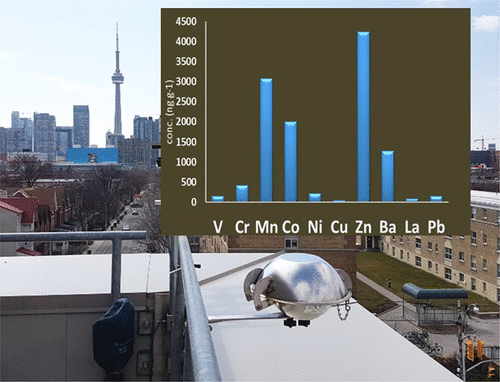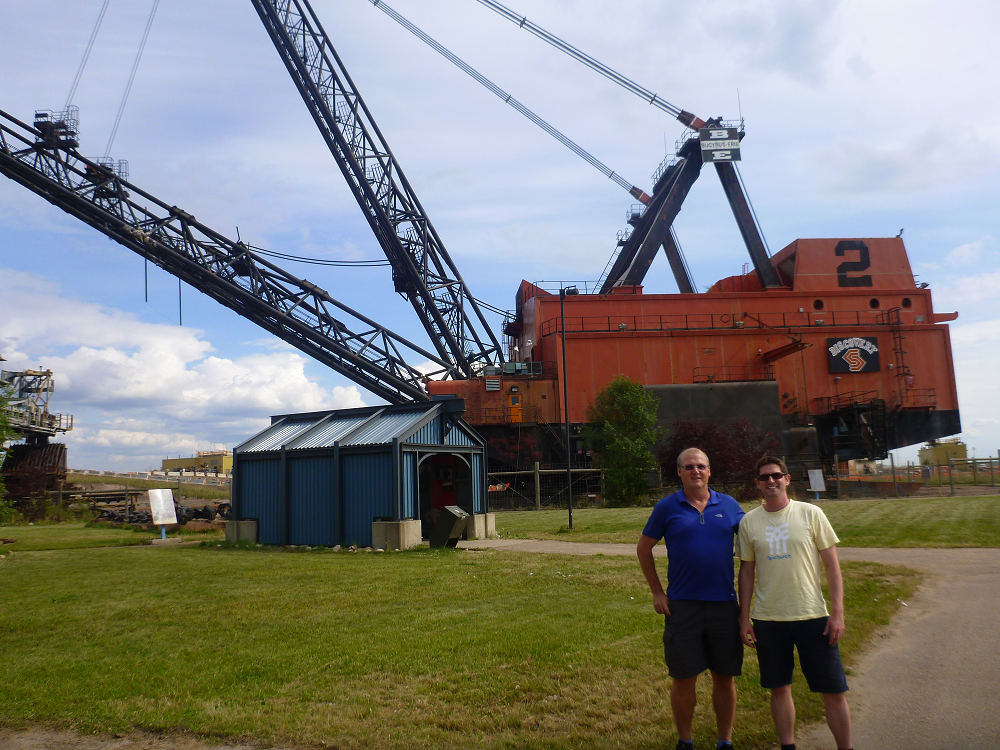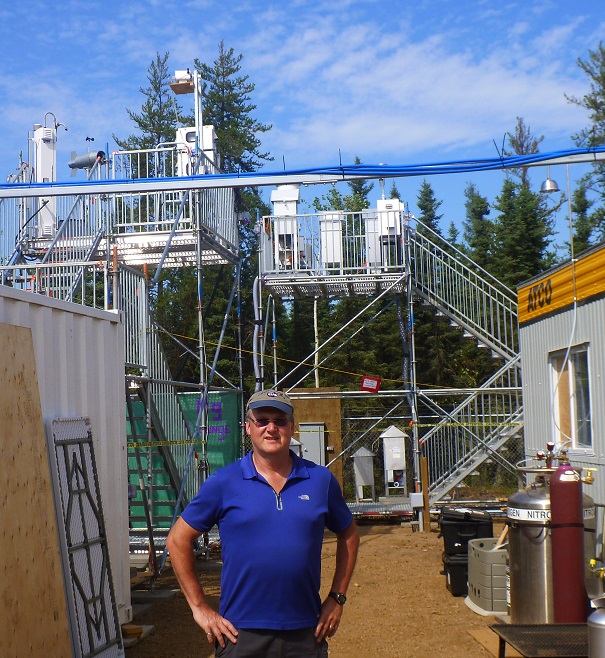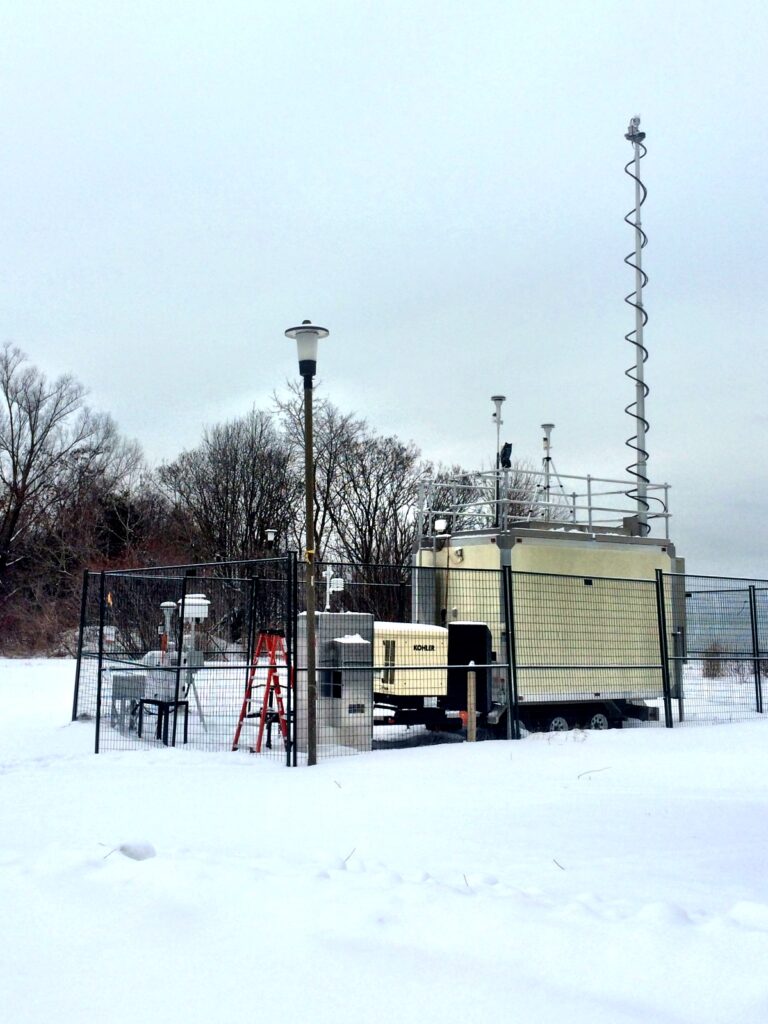
The pollutant mix you are exposed to in a city, neighbourhood, or beside a road is the result of emissions from many pollutant sources. We are measuring the detailed chemical composition of this mixture and then applying statistical data mining to identify the sources and unravel their respective contributions. We have applied this methodology to compare sources across Canadian cities. This research revealed how these sources and the pollutant mix in Ontario has changed due to the phase out of coal-based electricity generation and the 2008 recession. This analysis also revealed that the steady reduction in vehicle tailpipe emissions, consistent with improvement in vehicle technologies, has been accompanied by a sharp increase in non-tailpipe emissions in recent years.
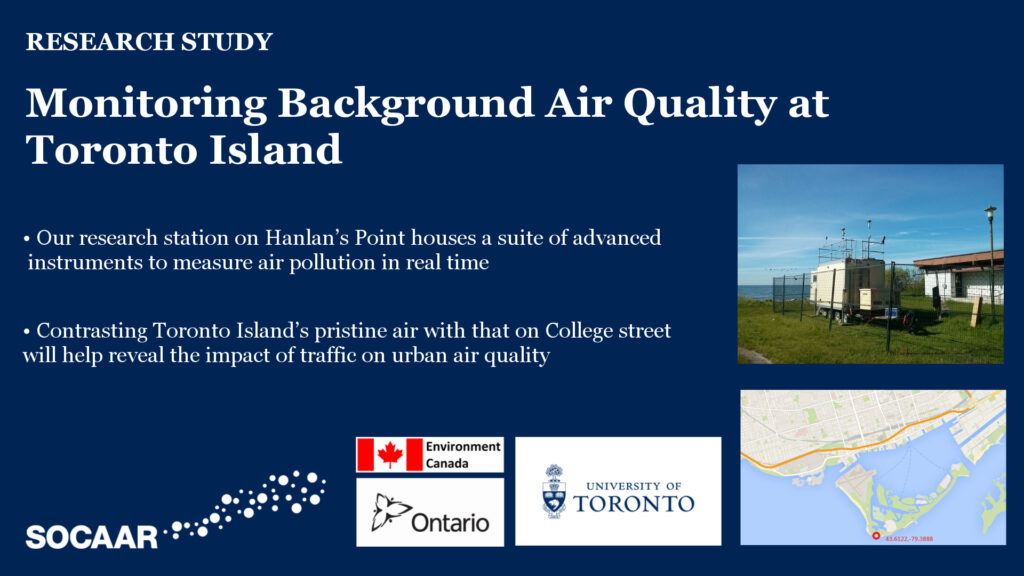
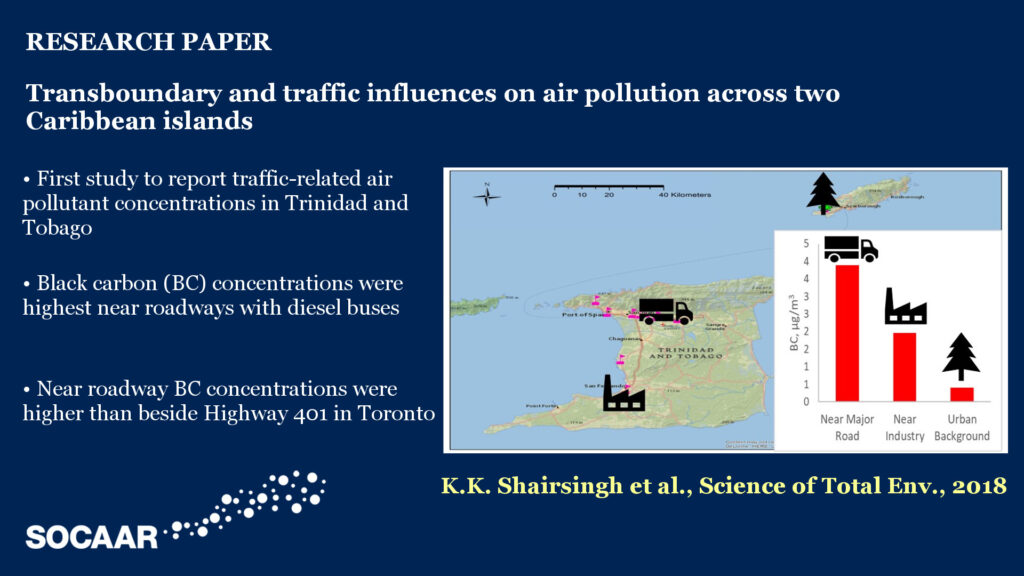
Publications
- Jeong C-H; J. M Wang; N. Hilker; J. Debosz; U. Sofowote; Y. Su; M. Noble; R. M. Healy; A. Munoz; E. Dabek-Zlotorzynska; V. Celo; L. White; C. Audette; D. Herod; G. Evans “Temporal and spatial variability of traffic-related PM2.5 sources: Comparison of exhaust and non-exhaust emissions” Atmos. Environ. 198 (1) 55-69, 2019.
- Healy, R. U. Sofowote, Y. Su, J. Debosz, M. Noble, C-H Jeong, J. M. Wang, N. Hilker, G. J. Evans, G. Doerksen, K. Jones, A. Munoz. “Ambient measurements and source apportionment of fossil fuel and biomass burning black carbon in Ontario” Atmos. Environ. 161 34-47, 2017
- N. Jariyasopit, P. Tung, K. Su, S. Halappanavar, G.J. Evans, Y. Su, S. Khoomrung, T. Harner “Polycyclic Aromatic Compounds in Urban Air and Associated Inhalation Cancer Risks: A Case Study Targeting Distinct Source Sectors” Environ. Pol. 252(B) 1882-1891 2019 https://doi.org/10.1016/j.envpol.2019.06.015

